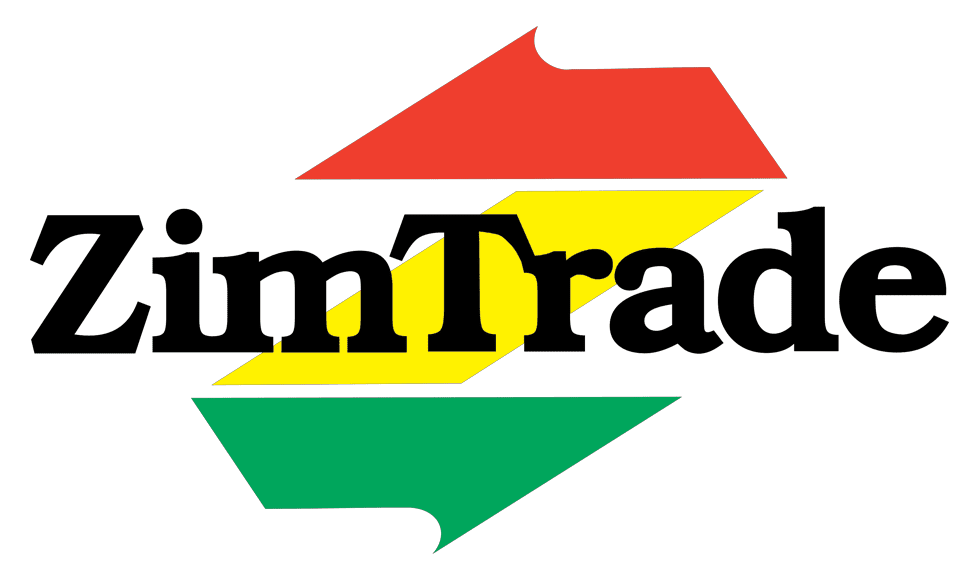“I have a business and I want to export.”
“Where do I start?”
As straightforward as it sounds, these are perhaps some of the most common questions new business owners and those that have seen success sales on the local market ask oftenly.
This is because they understand that having an export component in a business is crucial in a sustenance plan, particularly when the foreign currency is on high demand in the domestic market.
For those that have exported before, they have come to understand that the export market is not an alien existence, far from the reach of many.
With careful planning and putting into motion strategic activities, many have come to realise that any product or service can be sold on the export market.
To assist existing and would-be exporters, ZimTrade – the national trade development and promotion organisation – has since prepared a 12-step easy guide to exporting.
Step 1: Assessing export readiness
For business to be export ready, there are key aspects that needs to meet a certain threshold that makes it competitive within a pool of competing products or services.
The first factor to consider is the product, which must be unique and in demand in the destination country.
Further to this, the product must have a clearly defined base of competitiveness as “ordinary” products and or services are difficult to sale.
There also needs to be able to modify this product to meet market needs as “one size does not fit all”.
In helping potential exporters to assess their state of readiness, ZimTrade has developed a simple online-based self-assessment diagnostic tool-kit which enables companies to evaluate their preparedness.
The online tool is available on the ZimTrade website, www.tradezimbabwe.com.
Step 2: Selecting the export market
Every business aspires to be present in many countries. However, for that to happen, it is important to first succeed in one market.
Therefore, understanding requirements of the target market is important in the first stages of planning.
Here, an exporting business can have a better understanding of the market needs through structured market research.
The research should answer questions to do with trade policies, country features, business environment, business culture, demand conditions, competition, distribution channels, trade logistics and risk factors.
Clearly understanding these questions will see companies minimise risks and costs of venturing into the new market.
For first time exporters, they are highly advised to select a high potential and low-risk market which is most suitable for their products and or services.
This can be a small market, a country, or a city within a country.
With the global coronavirus-induced lockdown, regional markets currently present quick wins for exporters, especially small and medium sized enterprises as the international markets are difficult to reach.
To help companies understand market requirements, ZimTrade conducts research in potential markets in the region and beyond.
Reports of these surveys are available for free to local companies so that they can develop informed export strategies.
ZimTrade has prepared a Market Research Template and a Guide to Market Research available to local companies that wish to conduct independent market research.
Step 3: Branding
Whether the business is small, medium or large company, once it aspires to enter an export market, it is important that it builds a strong reputation.
These can easily become the brand identity of local businesses in foreign markets.
It is important that would-be exporters understand that their brand is much more than just their logo and tag line.
In fact, it is the way customers see their products or services and your company.
As an exporter, a business must always deliver on their promise as their brand communicates to audiences why it must be selected in a pool of competitors.
Step 4: Understanding export risks
Every exporter must be aware of the challenges and risks in selling his/her products and services to other countries.
These risks can be political, legal, corruption, compliance, exchange rate, and non-payment.
Step 5: Dealing with legal side of exports
Exporting businesses must understand all legal issues relating to international trade.
These can be Enforcement of Contract, Trade Policies, Intellectual Property Rights, Sanctions and Prohibitions, and Fraud and Corruption.
Step 6: Developing an export marketing plan
After completing an analysis of internal factors (assessing export readiness) and external review (investigation of the target market with regards to opportunities, challenges, competition, logistics and risks), the business should be able to establish a Unique Selling Proposition (USP) of its product or service in the target market.
Your export marketing plan must respond to all findings that came out of the structured market research.
ZimTrade has prepared a template to enable new exporters develop their export marketing business plan.
Step 7: Financing export operations
Access to credit and finance is always a challenge, especially when finance international business where the seller and buyer are in different countries.
The most common form of credit or finance remains banking in term of loans or overdrafts.
However, the former is always against collateral and the latter on the company’s track record.
To protect the exporter from payment defaults by the importer, it is advisable the exporter protects their foreign receivables against non-payment risk.
This can be in the form of an Export Credit Insurance Policy.
Local institutions such as Export Credit Guarantee Corporation can assist local exporters with export payment insurance policies, domestic payment insurance policies, and short-term insurance.
Step 8: Marketing collaterals
Strongly linked to the previous step, companies that are entering new market should have appropriate marketing materials in different formats, that is print, audio, and visual.
These materials will make their products and services known to the potential business partners and customers in the target market.
In this digital era, it is important that a company develops a strong online presence before entering new markets, including social media activities.
This will allow potential buyers to find more information about the business even before engaging with representatives in the market.
Step 9: Understanding export logistics
Zimbabwe is a land-locked country, and as such, all its export cargo must either be air-lifted or shipped through a third-country port.
Exporters must understand the principles of both air and sea cargo as well as know the players to engage in providing the right logistics services.
For sea cargo, it is also important to understand multi-modal transport, that is train and road transport to connect to your preferred port.
For cross-border trade with the region, you should know the road and rail transport services.
Step 10: Export documentation
The set of documents used in international business are different from those used in domestic trade.
It is important for an exporter to know these documents and their uses to avoid unnecessary delays in shipment and payments.
All export transactions are based on a contract between the buyer (importer) and the seller (exporter), hence it is vital that exporting businesses check every clause of the contract carefully.
Any errors or omissions can be costly and even lead to cancellation of orders.
Exporting business should also know the correct description of the products, which are classified into customs tariff item numbers, also known as the Harmonized System Code or more commonly as H.S Code.
Further to this, a commercial Invoice is an important document for international business to happen.
It is used as a customs declaration document provided by the exporter for customs control, valuation and determination of duty and taxes.
Other documents that first-time exporters should understand include Bill of Lading, Certificates of Origin (which are available for purchase at ZimTrade offices in Harare and Bulawayo), Letter of Credit, Insurance Certificate and Phytosanitary Certificate.
Step 11: Entering the selected market
The market research and export marketing plan should play an influential role in coming up with an entry strategy for the products and services.
The entry strategies that are more effective include direct exports (B2B) where a business sale direct to the retailer or chain stores.
Indirect exports where products are sold to a distributor, wholesaler or middleman, who will handle the distribution in the target market is most effective in hard to reach markets such as western regions of Democratic Republic of Congo.
To reduce time and investment, whist leveraging on existing potential, some business may consider franchising, where a Zimbabwean exporter gives an importer the right to use his/her business model and brand for exploitation in a specific market for a prescribed period.
A Zimbabwean exporter can thus create a network of independent retailers in different cities/towns in a target market.
There is also an option of licensing, where a Zimbabwean exporter can lease a legally protected entity, such as name, logo, trademark, graphic design, slogan or a combination of these elements, to a business in the target market to exploit all opportunities.
Although investment heavy, local businesses may set up their own subsidiaries in the target market, where they can develop satellite marketing teams dedicated to the market.
Setting up subsidiary will also allow local companies to tap into regional and global value chains.
Step 12: Acquire customer loyalty
First-time exporters must always aspire to build customer loyalty from their first order.
Here, they need to establish long term and sustainable business relationships with their clients and buyers so that they keep coming back.
To build the loyalty, the exporting business must always deliver on promise, communicate efficiently, execute good customer services, provide customised incentives, strengthen brand positioning as well as monitor customer satisfaction

Crafting global success in arts and crafts exports
Zimbabwe boasts a rich and vibrant of arts and crafts,






